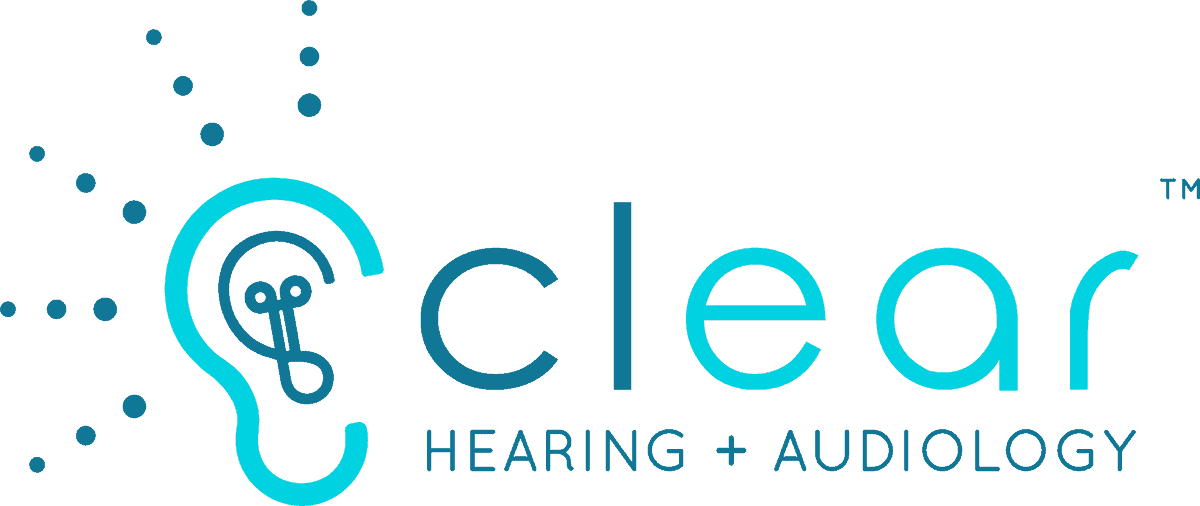
Have you noticed a build-up of earwax in your ear canals? Is it causing sounds to seem muffled or causing tinnitus? Maybe your ear canal feels itchy or you notice some other symptoms. Impacted ear wax can lead to discomfort and even hearing impairment.
Understanding Impacted Ear Wax
Ear wax, also known as cerumen, plays a crucial role in maintaining ear health. Ear wax traps dust, bacteria, and other particles, while also lubricating and protecting the ear canal. Under normal circumstances, the ear’s self-cleaning mechanism gradually moves ear wax out of the ear, allowing it to naturally fall out or be removed during regular hygiene practices. However, in some cases, ear wax can become impacted, leading to discomfort and potential hearing issues.
Impacted ear wax occurs when an excessive build-up of wax blocks the ear canal, causing symptoms such as earache, reduced hearing, a sensation of fullness in the ear, ringing in the ears (tinnitus), and in some cases, dizziness. When left untreated, impacted ear wax can lead to further complications.
Treatment Options for Impacted Ear Wax
There are several treatment options available to remove impacted ear wax. Always consult with your doctor or hearing health professional before choosing a treatment option.
1. Softening Drops
Over-the-counter ear wax softening drops can be used to soften the impacted wax, making it easier to remove. These drops typically contain water, saline, or other safe ingredients that help break down the wax and facilitate its natural expulsion from the ear canal.
2. Irrigation
Ear irrigation, also known as ear syringing, involves using a gentle stream of water to flush out the impacted ear wax. This procedure is commonly performed by a healthcare professional and is effective in dislodging and removing stubborn ear wax build-up.
3. Manual Removal
In some cases, a healthcare professional may manually remove the impacted ear wax using specialized tools or techniques. This approach should only be performed by a trained professional to avoid potential damage or injury to the ear canal.
4. Vacuum Suction
Ear wax removal devices that utilize gentle vacuum suction can safely and effectively remove impacted ear wax. These tools are designed to suction out the wax without pushing it further into the ear canal, providing a convenient and non-invasive method of treatment.
5. Ear Wax Softening Kit
Using an ear wax softening kit that includes ear drops and a bulb syringe for irrigation can provide a safe way to soften and remove impacted ear wax at home. It’s essential to follow the provided instructions and seek medical advice if needed. Always consult with your healthcare provider before trying to remove impacted ear wax at home.
Preventing Impacted Ear Wax
There are a few steps you can take to prevent impacted ear wax:
1. Ear Hygiene Practices
Follow regular and gentle ear hygiene practices to help prevent excessive wax build-up. This includes using a soft washcloth to clean the outer ear and avoiding using cotton swabs or other intrusive cleaning tools that can push wax deeper into the ear canal.
2. Ear Wax Softening Treatment
Periodically using over-the-counter ear wax softening drops can help prevent the wax from becoming impacted. This practice assists in maintaining the ear’s natural self-cleaning process and reduces the likelihood of wax accumulation.
3. Professional Evaluation
Individuals prone to wax impaction should consider regular check-ups with a healthcare professional, who can assess their ear health and provide guidance on preventive measures and suitable treatment options if necessary.
4. Lifestyle Considerations
Certain lifestyle factors, such as wearing earbuds and hearing aids, or prolonged exposure to dusty or dirty environments, can contribute to wax build-up. Taking these factors into account and implementing protective measures can help reduce the risk of impacted ear wax.
When to Seek Medical Advice
While softening drops and home care methods can provide relief in many cases of impacted ear wax, it’s important to seek medical advice if the symptoms persist or worsen. If you have a history of ear issues, ear surgeries, or a perforated eardrum you should also consult with a healthcare professional before attempting any at-home removal methods.
Visit Us for Ear Wax Removal
Impacted ear wax, if left unaddressed, can lead to discomfort, reduced hearing, and potential complications. You can try these safe and effective removal methods to remove ear wax at home. For stubborn ear wax, visit us for more support. We offer ear wax removal to help you maintain your hearing health.
